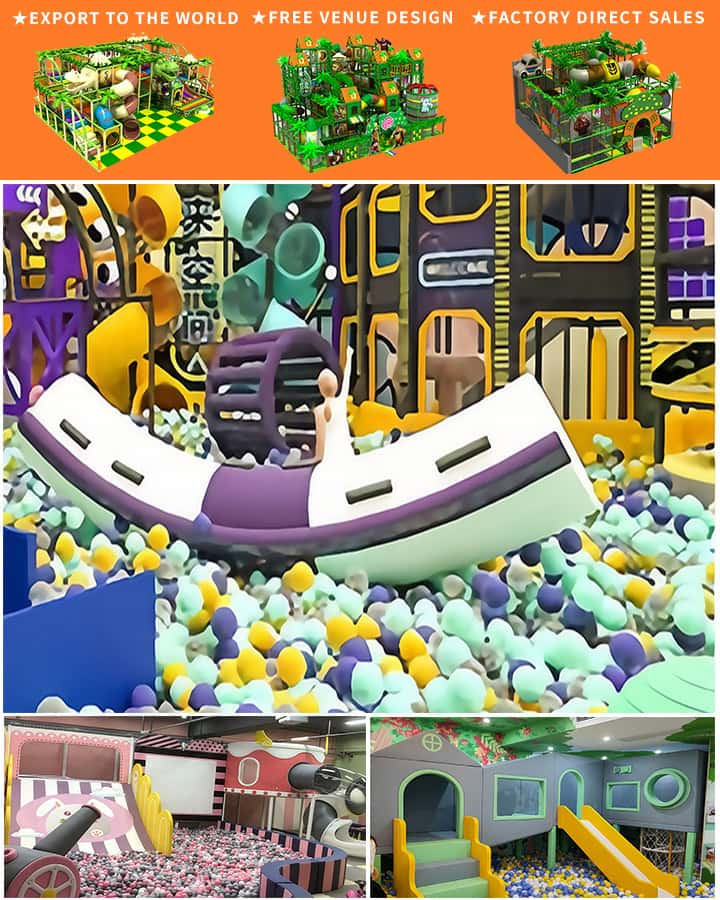Outdoor play is an essential component of childhood development, promoting physical health, social skills, and cognitive growth. One particularly beneficial category of outdoor play equipment is sensory play equipment, which engages multiple senses to provide enriching experiences for children. This article explores the various types of sensory outdoor play equipment, their benefits, and how they can be integrated into playgrounds and backyards.
Understanding Sensory Play Equipment
Sensory play equipment is designed to stimulate one or more of the five senses: sight, sound, touch, smell, and taste. These elements are crucial for sensory integration, helping children process and respond to the information they receive from their environment. By engaging different senses, sensory outdoor play equipment enhances motor skills, creativity, and emotional regulation.
Types of Sensory Outdoor Play Equipment
- Tactile Play Equipment
- Sandbox with Textured Toys: Filling a sandbox with sand and adding textured toys like scoops and shovels provides tactile stimulation. Children can dig, pour, and mold the sand, enhancing their fine motor skills and sensory exploration.
- Tactile Paths: Installing paths made of various textured materials such as rubber, foam, or wooden planks encourages barefoot walking. Different surfaces stimulate the nerve endings in children’s feet, promoting balance and coordination.
- Visual Play Equipment
- Colorful Slides and Climbers: Brightly colored slides and climbing structures attract children’s attention and stimulate visual perception. Navigating these structures also helps with depth perception and spatial awareness.

- Mirrored Surfaces: Incorporating mirrors into play areas allows children to see reflections, encouraging them to recognize themselves and others. This can enhance self-awareness and social interaction.
- Auditory Play Equipment
- Musical Instruments: Adding elements like drums, xylophones, or chimes to outdoor play areas lets children create music and sounds. This auditory stimulation fosters an appreciation for rhythm and melody while developing hand-eye coordination.
- Wind Chimes: Hanging wind chimes in trees or on structures produces gentle, melodic sounds when the wind blows, providing calming auditory feedback during playtime.
- Olfactory Play Equipment
- Herb Gardens: Planting herb gardens within play areas introduces children to various scents from mint, rosemary, and lavender. Sniffing these herbs can be a delightful sensory experience that connects kids with nature.
- Aromatic Flowers and Plants: Incorporating flowers with pleasant scents into the landscape offers olfactory stimulation and creates a serene environment for play and relaxation.
- Gustatory (Taste) Play Equipment
- Edible Plants and Fruit Trees: Growing edible plants such as strawberries, blueberries, or vegetables provides opportunities for children to taste fresh produce directly from the garden. This hands-on approach teaches them about healthy eating and where food comes from.
Benefits of Sensory Outdoor Play Equipment
- Enhanced Developmental Skills: Engaging multiple senses simultaneously promotes neural development and enhances cognitive functions such as problem-solving and critical thinking.
- Increased Motor Skills: Tactile and proprioceptive activities improve gross and fine motor skills, coordination, and balance.
- Social Interaction: Sensory play often involves cooperative activities, teaching children teamwork, sharing, and communication skills.
- Emotional Regulation: Calming sensory experiences like wind chimes and herb gardens help reduce anxiety and stress, fostering emotional well-being.
- Creativity and Imagination: Sensory-rich environments inspire imaginative play, allowing children to explore different roles and scenarios.
Integration Tips for Backyards and Playgrounds
- Diverse Sensory Elements: Incorporate a variety of sensory equipment to ensure comprehensive development. Mix tactile, visual, auditory, olfactory, and gustatory elements for a well-rounded experience.
- Safety First: Ensure all equipment is age-appropriate and safe for use. Non-toxic materials should be used, especially in areas designated for edible plants.
- Inclusive Design: Consider the needs of children with sensory processing disorders by including quiet zones and adjustable sensory stations.
- Maintenance: Regular upkeep is crucial to keep sensory equipment in good condition and free from hazards. Clean sandboxes frequently and check musical instruments for wear and tear.
Conclusion
Incorporating sensory outdoor play equipment into playgrounds and backyards creates dynamic, multisensory environments that support children’s overall development. From tactile sandboxes to aromatic herb gardens, these engaging tools not only provide fun but also foster essential life skills. By thoughtfully integrating sensory elements, caregivers and educators can create enriching outdoor spaces that inspire learning and growth for children of all ages.




